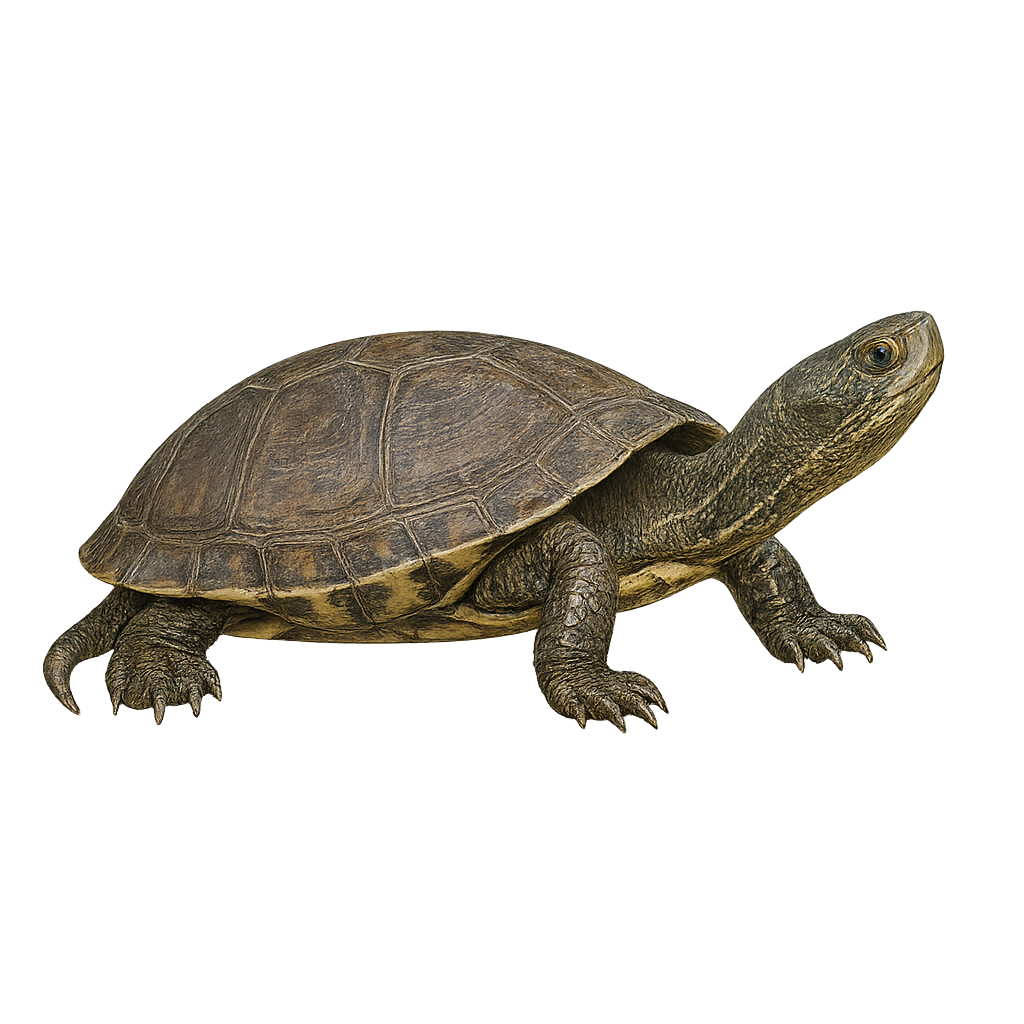Your wildlife photography guide.
Explore the balkan terrapin in detail, study its behavior, prepare your shots.
Where to observe and photograph the balkan terrapin in the wild
Learn where and when to spot the balkan terrapin in the wild, how to identify the species based on distinctive features, and what natural environments it inhabits. The WildlifePhotographer app offers tailored photography tips that reflect the balkan terrapin’s behavior, helping you capture better wildlife images. Explore the full species profile for key information including description, habitat, active periods, and approach techniques.
Balkan Terrapin
Scientific name: Mauremys rivulata

IUCN Status: Near Threatened
Family: GEOEMYDIDAE
Group: Reptiles
Sensitivity to human approach: Tolerant
Minimum approach distance: 5 m
Reproduction period: May to June
Incubation: 70 jours
Births: May to June
Habitat:
Rivers, lakes, marshes
Activity period :
Active during the day when temperatures are favorable, often seen basking in the sun.
Identification and description:
The Balkan Terrapin, Mauremys rivulata, is a medium-sized aquatic turtle, typically measuring between 15 and 20 cm in length. It is recognizable by its olive-brown shell, often adorned with lighter patterns. This species is primarily found in Mediterranean regions, including Greece, Turkey, and the Balkans. It prefers aquatic habitats such as rivers, lakes, and marshes. The Balkan Terrapin is an omnivorous species, feeding on aquatic plants, insects, and small fish. Although it is relatively tolerant of human presence, it is threatened by habitat destruction and pollution.
Recommended lens:
400 mm – adjust based on distance, desired framing (portrait or habitat), and approach conditions.
Photography tips:
To photograph the Balkan Terrapin, it is advisable to use a telephoto lens of at least 400mm to capture detailed images without disturbing the animal. Approach slowly and remain discreet to avoid scaring it away. The best times for photography are early morning or late afternoon when the light is soft and the turtle is more active. Opt for wide shots to showcase its natural habitat, but don't hesitate to zoom in to capture the details of its shell and distinctive patterns.
The WildlifePhotographer App is coming soon!
Be the first to explore the best nature spots, track rutting seasons, log your observations, and observe more wildlife.
Already 1 439 wildlife lovers subscribed worldwide

